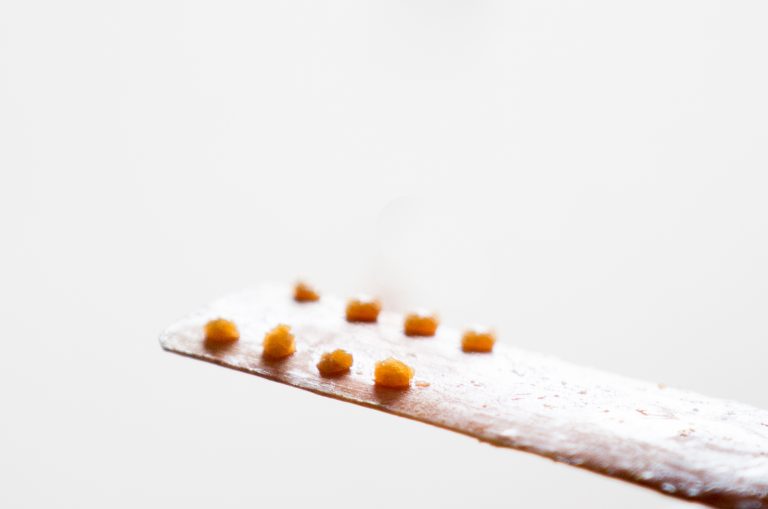Kambô Frog
The Giant Green Monkey Tree Frog
Kambô is the secretion of the Giant Green Monkey Tree Frog (Phyllomedusa bicolor), one of the largest frogs in the Hylidae family. This secretion is neither sweat nor poison in the conventional sense: on its own, it is not capable of causing death or illness. In the Amazon, it is regarded as a medicina—a sacred healing substance—though this should not be confused with the western definition of “medicine” prescribed by doctors.
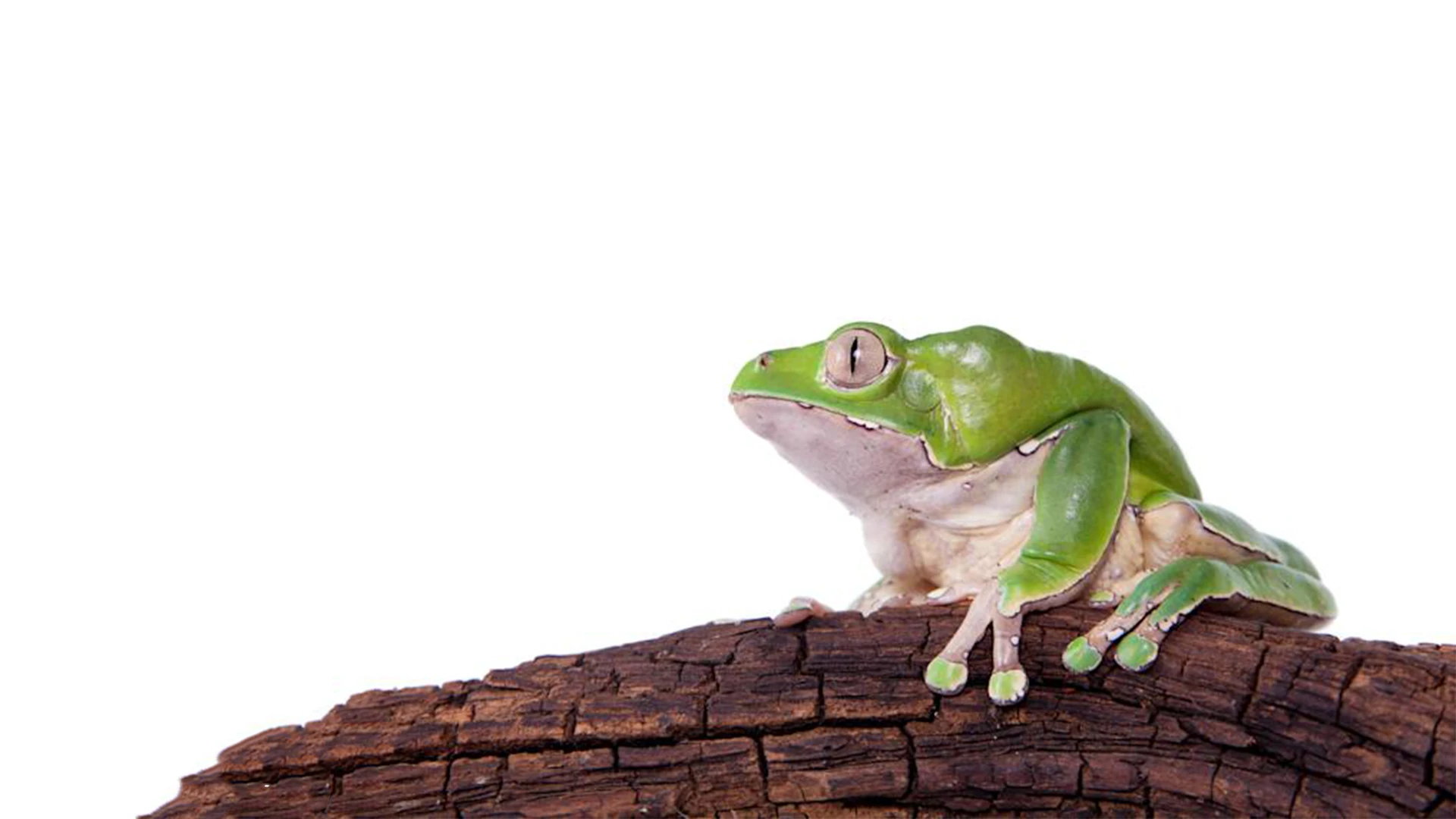
Quick Facts
- Scientific Name: Phyllomedusa bicolor
- Common Name: Giant Green Monkey Tree Frog
- Size: Males 9–10 cm; Females 11–12 cm
- Appearance: Bright green dorsum, creamy white belly, dark spots on chest and legs
- Habitat: Upper Amazon rainforest canopy
- Distribution: Bolivia, Brazil, Colombia, Peru, French Guiana, Suriname, Venezuela
- Status: IUCN “Least Concern”
- Reproduction: Leaf nests above streams; ~1000 eggs per spawn
Habitat and Conservation
The frog is both nocturnal and arboreal, living high in the canopy. Because it has no natural predators, it is abundant across the Upper Amazon rainforest in Bolivia, Brazil, Colombia, Peru, French Guiana, Suriname, and Venezuela.
According to the IUCN Red List, the species is classified as “Least Concern” due to its wide distribution and large population. The only current threats are predation of its spawn and the potential destruction of its habitat through deforestation and human encroachment.
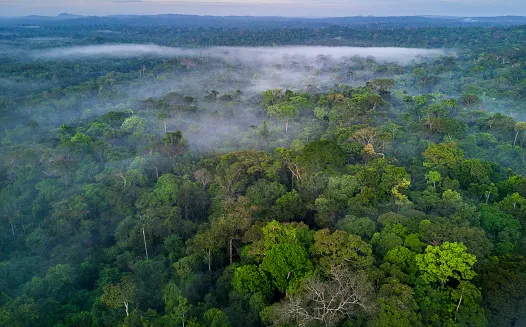
Physical Characteristics
These are large, vibrant frogs: males typically measure 9–10 cm in body length, while females are larger at 11–12 cm. The dorsum is a bright, emerald green, while the belly is a creamy white. Distinctive dark spots mark the chest, flanks, and legs.
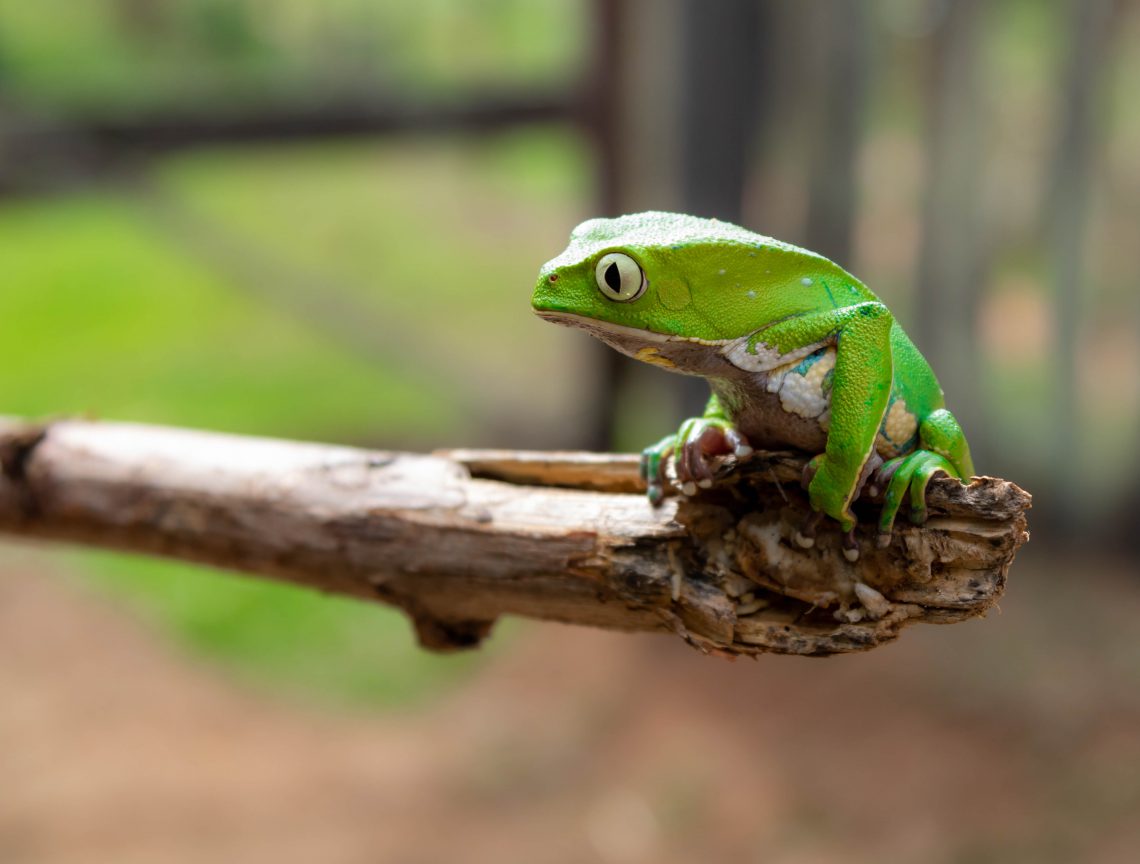
Reproduction
Breeding occurs throughout the year, with peak activity between November and May. The frogs construct hanging nests from folded leaves positioned 1–3 metres above ponds and streams. Into these nests, the female deposits a gelatinous mass containing her eggs.
This species produces the largest spawn of any arboreal frog in the Amazon. A single spawn contains on average 1,000 eggs. Tadpoles emerge within 11–14 days, dropping into the water below to continue their development.
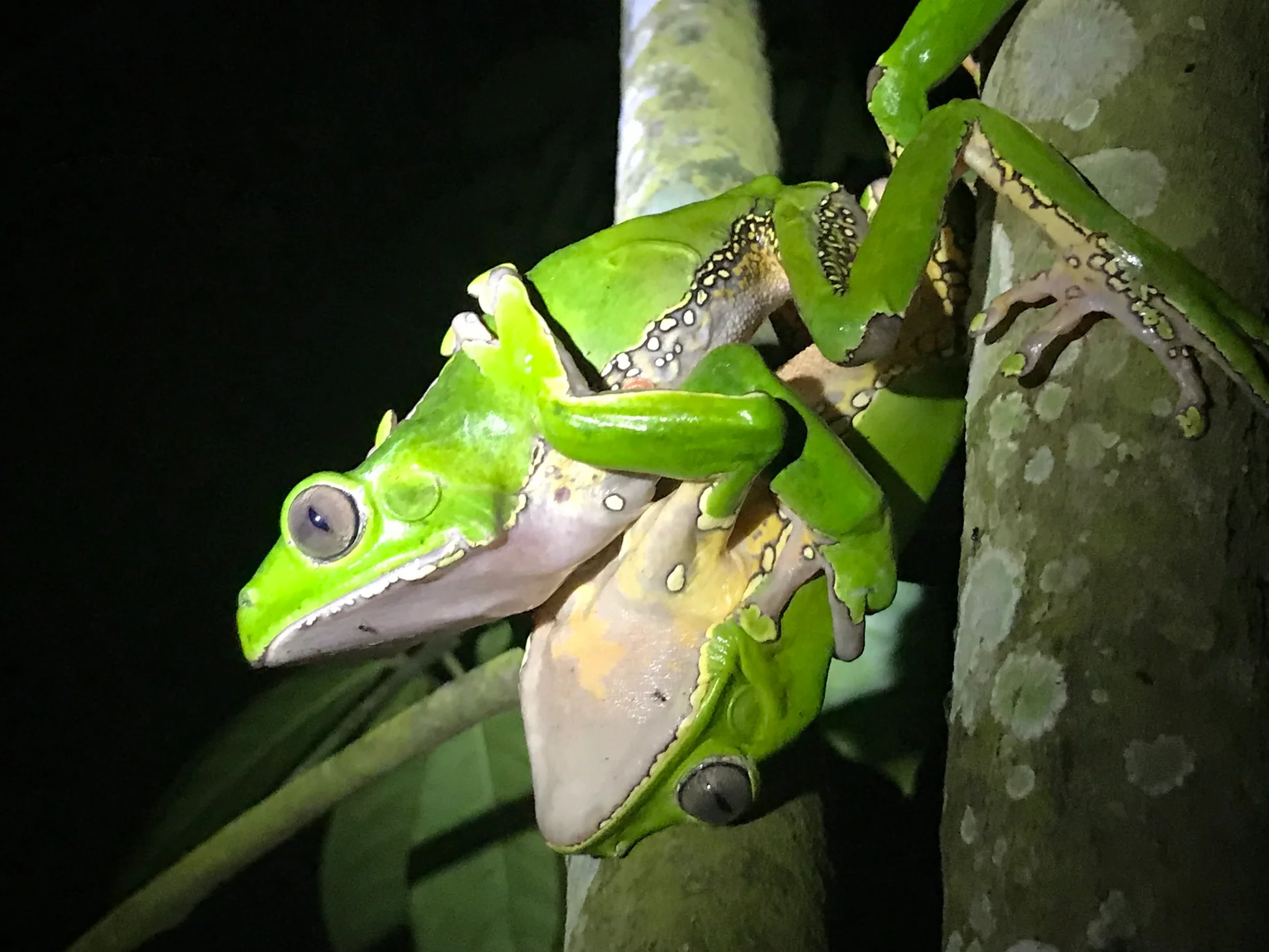
The Secretion
No one is entirely certain what triggers the production of Kambô secretion. The most widely held belief is that the frog sequesters compounds from its natural diet. This explains why frogs removed from their environment do not produce the secretion—without the biodiversity of the Amazon forest, the conditions for secretion simply do not exist.
